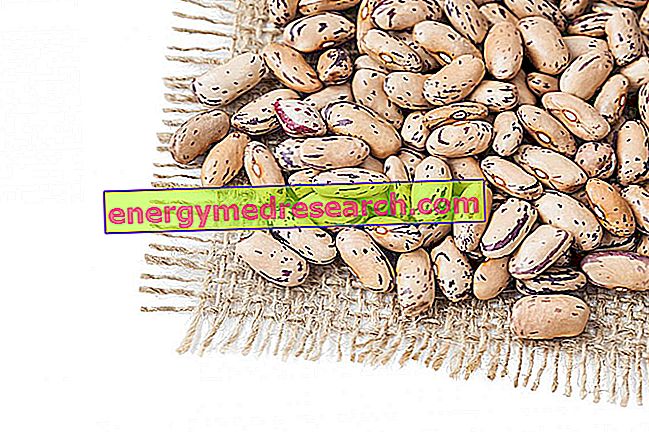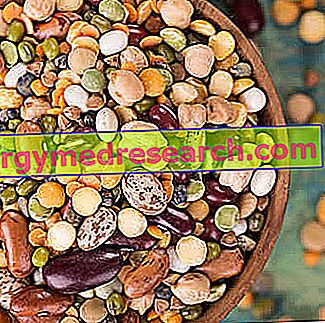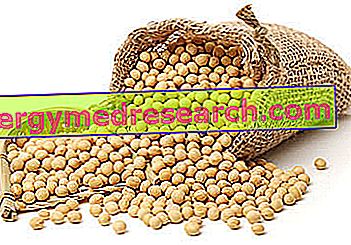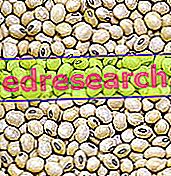Scroll down the page to read the summary table on beans. Beans: origin and import The bean plant was imported into Europe by the Conquistadores. The genus Vigna dei fagioli - cultivated in those years in European countries - was soon supplanted by the Phaseolus genus, more profitable and easier to grow Beans: variety More than 500 varieties of beans are estimated
Category legumes
Legumes and Leguminous Plants The term legumes means the edible seeds of plants belonging to the legume family (papilionaceae), which can be eaten fresh, dried, frozen and preserved. The most used legumes in Italy are: beans, peas, broad beans, lentils, chickpeas, low consumption of lupins and exceptional chickling
Meat or Legume Protein? Meats and dairy products contain high quality proteins as they provide all the essential amino acids in the right proportions. On the other hand, the plant proteins tend to be deficient in one or more of these amino acids. However, this deficit can be filled through the simple association of several vegetables (for example combining pasta with beans, a typical dish of the Mediterranean diet)
See also: soy milk; soy isoflavones; soy lecithin; soy meatballs; soybean oil; seitan; soy in herbal medicine Common name: Soy Scientific name: Glycine max Family: Fabaceae or leguminous Soy is an annual herbaceous plant that can reach 80-100 cm in height. It has an erect habit, more or less bushy, is covered with bristly hairs, hence the original name of bristly soy




